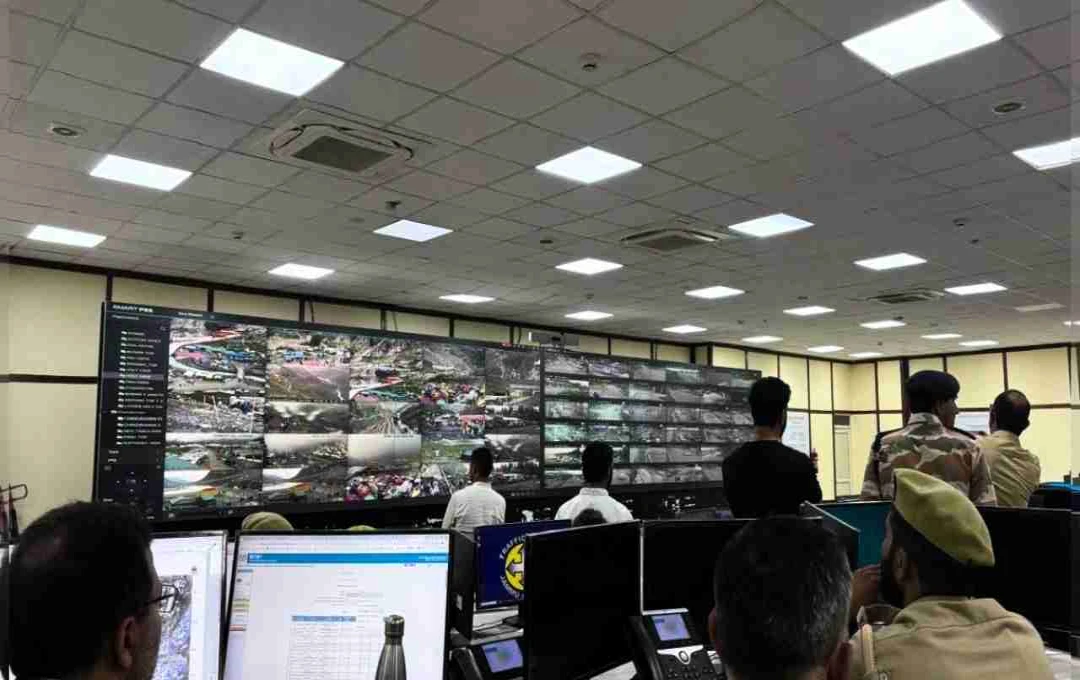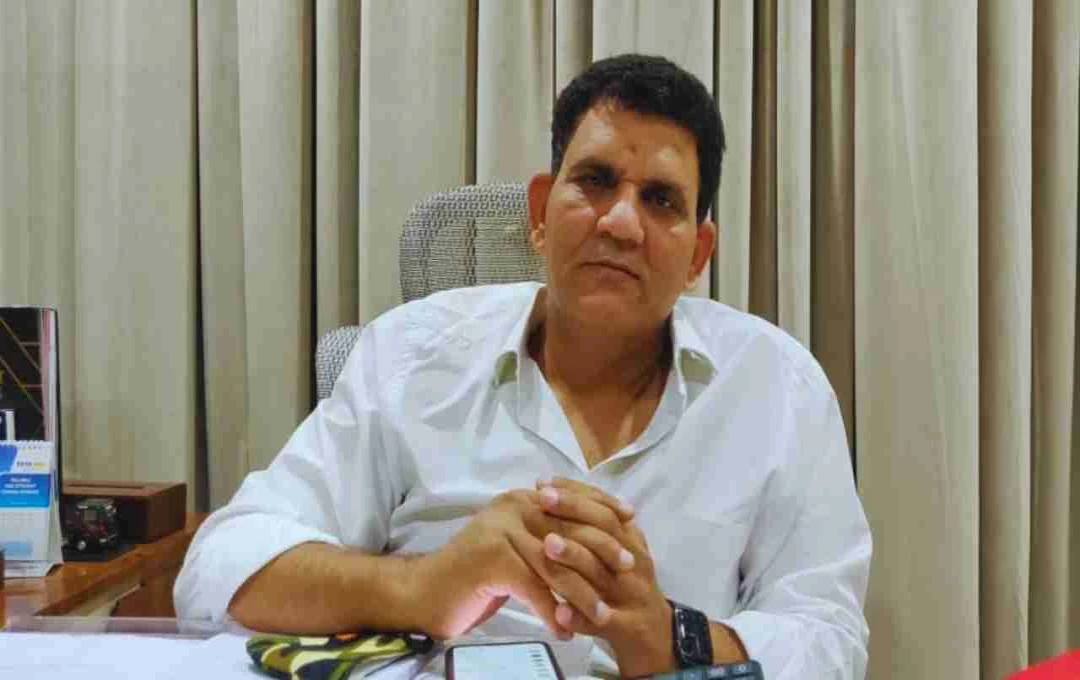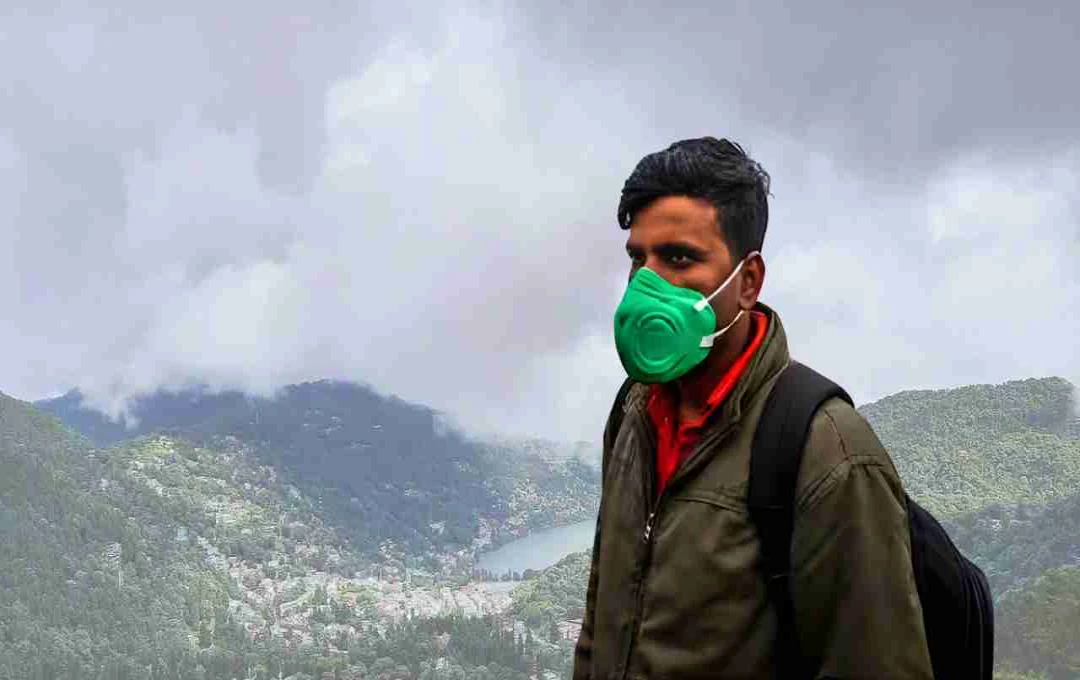The Amarnath Yatra is considered one of the most challenging pilgrimages in the world, with arduous mountain paths, constantly changing weather, and serious security challenges making it a major test for the administration every year. This time, the Jammu and Kashmir administration and the Amarnath Shrine Board have established a high-tech command control room to further strengthen security arrangements, from where the pilgrims are being monitored around the clock on both major routes—Baltal and Pahalgam.
State-of-the-Art Monitoring
This control room, established in the HMT area on the outskirts of Srinagar, has 101 PTZ cameras along with more than 950 other high-tech cameras. These cameras are providing live monitoring of more than 25 major locations, such as Baltal, Dumail, Panjtarni, Kali Mata, Chandanwari, Pisutop, Sheshnag, and the holy Amarnath cave. Real-time location and timing are determined based on the tracking data of the passengers, enabling immediate action upon detection of any unusual situation.
Multi-Dimensional Approach to Security
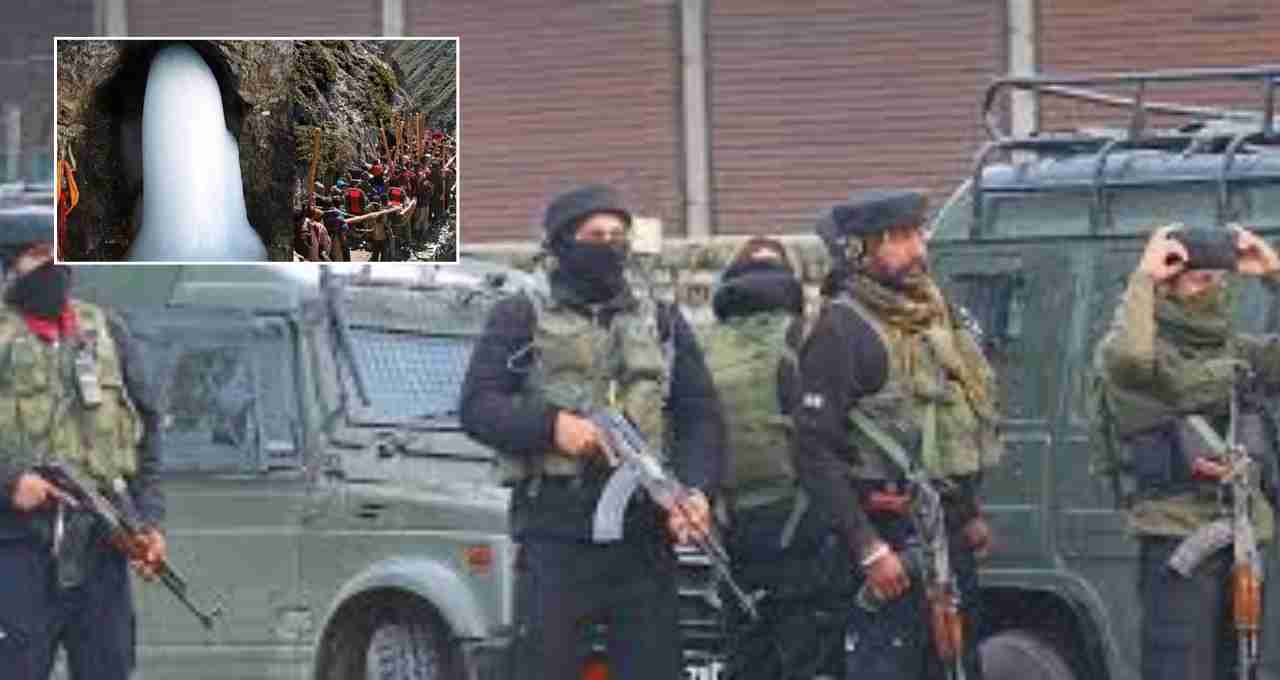
This command control center is being jointly operated by officers from 35 departments, including CRPF, ITBP, BRO, and the Shrine Board. Every department is fully aware and remains active around the clock. The captive control room provides shared operational visibility, ensuring that all elements of security, disaster management, health assistance, logistics, and passenger facilitation are functioning in a balanced manner.
New Dimension of Facial Recognition
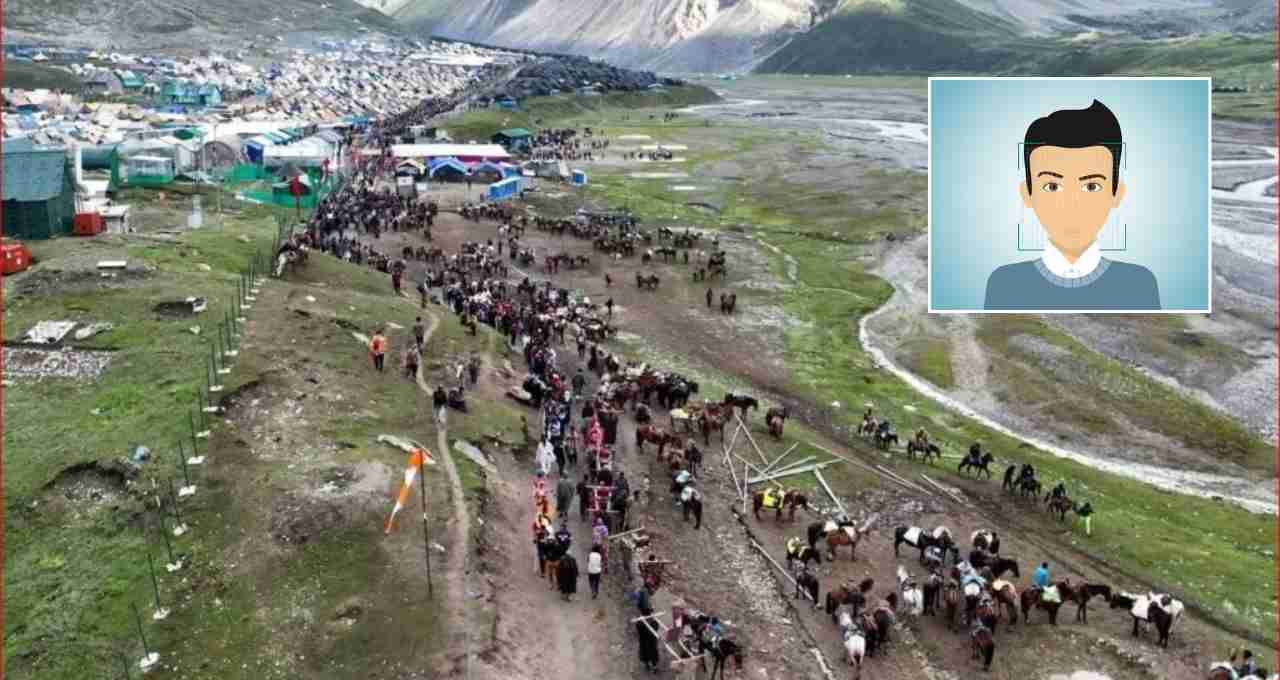
Divisional Commissioner VK Bidhuri said that a facial recognition system has been added while upgrading the center. This is helping in identifying any individual in suspicious activities or among a large number of gathered pilgrims, whether lost or suspicious from a vigilance perspective. The increase in the number of cameras has broadened and accelerated the scope of surveillance. “Our aim is that not a single pilgrim feels unsafe or has to face any kind of inconvenience,” Bidhuri clarified.
Quick Response for Emergency Situations
The command center is prepared to provide immediate response in any unforeseen problems during the Yatra, such as bad weather, injuries, or any necessary security-related situations. Based on real-time data, administrative officials immediately assess the situation and take action—whether it's sending help in extreme weather, providing medical facilities to the injured, or adjusting the crowd gathered on the route.
Number of Pilgrims
This year's Amarnath Yatra will begin on July 3 and continue until August 9. So far, more than 1.20 lakh devotees have had darshan of Baba Barfani. The administration is expecting that the number of devotees will surpass the record this time, along with the advancement of pilgrimage tourism. The crowd of passengers is increasing rapidly, which has increased the demand for effectively managing logistics, accommodation facilities, and health services. The administration has ensured that no one faces inconvenience during the Yatra along with security.
The establishment of the high-tech command control room is a significant step towards making the Amarnath Yatra safe, well-organized, and modern. More than 950 cameras, joint monitoring by 35 departments, facial recognition system, and enabling quick emergency management—all of this is bringing revolutionary improvements in the Yatra arrangements this time. Although these technologies are not foolproof, their implementation is a positive initiative in response to the administration's security concerns.
As the pilgrimage reaches its peak in the coming weeks, this control system will function even more effectively—filling the security-lapse vacancies and handing over a pleasant experience to the pilgrims.
